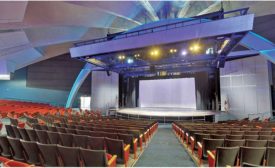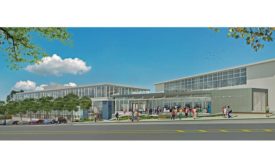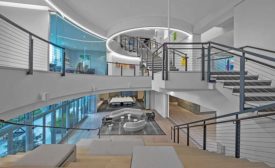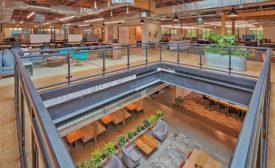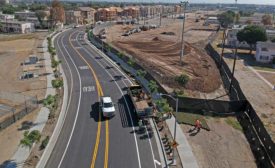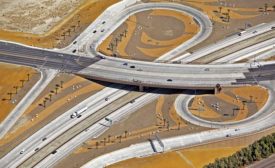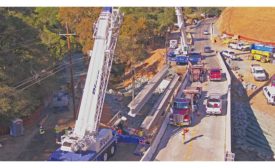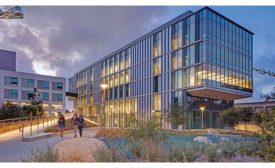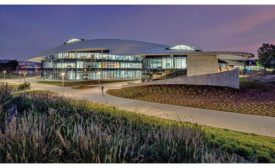California Features
ENR California's Best Projects 2019
ENR California's Best Projects 2019
Lick-Wilmerding High School Campus Expansion and Renovation: K-12 Education
October 1, 2019
ENR California's Best Projects 2019
Paradigm Talent Agency: Interiors/Tenant Improvement
October 1, 2019
ENR California's Best Projects 2019
Agri-Industrial Tech Campus Renovation: Interiors/Tenant Improvement
October 1, 2019
ENR California's Best Projects 2019
Century Boulevard Extension from Grape Street to Alameda Street: Highway Bridges
October 1, 2019
ENR California's Best Projects 2019
I-10/Jefferson Street Interchange: Highways/Bridges
October 1, 2019
ENR California's Best Projects 2019
Marsh Creek Road Bridge Replacement Project: Highway/Bridges
October 1, 2019
ENR California's Best Projects 2019
UCSD/Biomed Realty's Center for Novel Therapeutics: Higher Education/Research
October 1, 2019
ENR California's Best Projects 2019
UCSD Tata Hall: Higher Education/Research
October 1, 2019
ENR California's Best Projects 2019
Cal Poly Pomona - Student Services Building: Higher Education/Research
September 30, 2019
The latest news and information
#1 Source for Construction News, Data, Rankings, Analysis, and Commentary
JOIN ENR UNLIMITEDCopyright ©2024. All Rights Reserved BNP Media.
Design, CMS, Hosting & Web Development :: ePublishing
